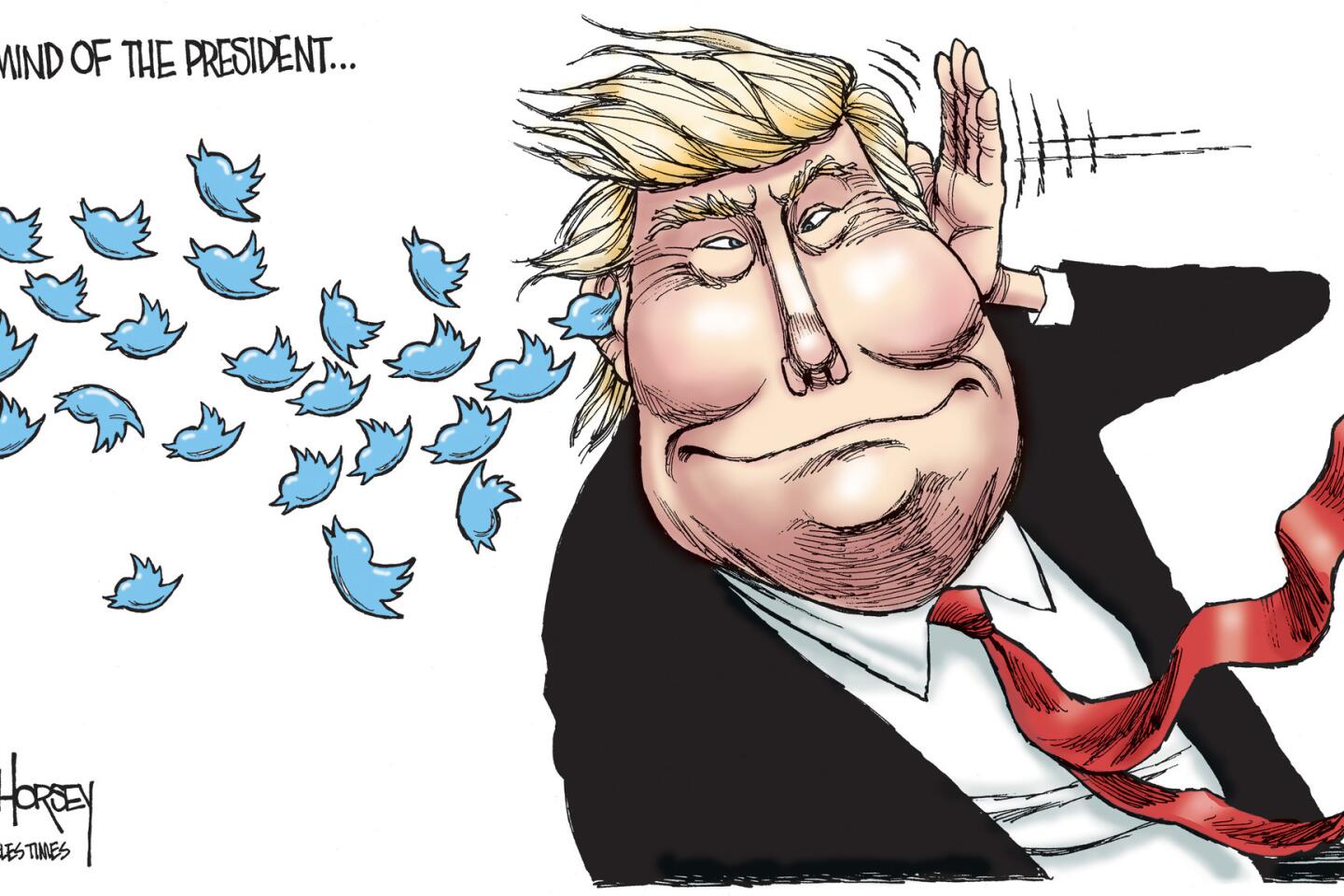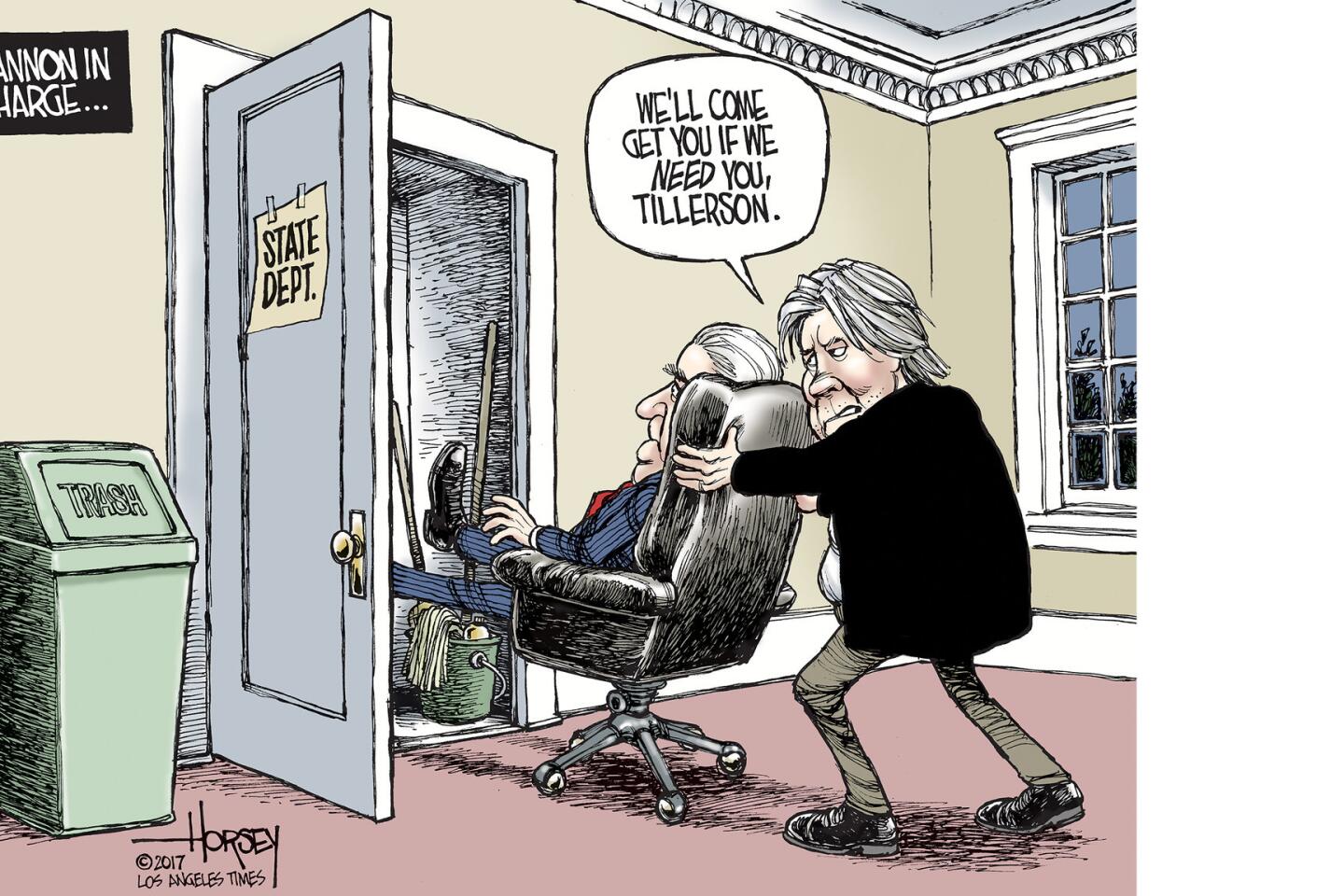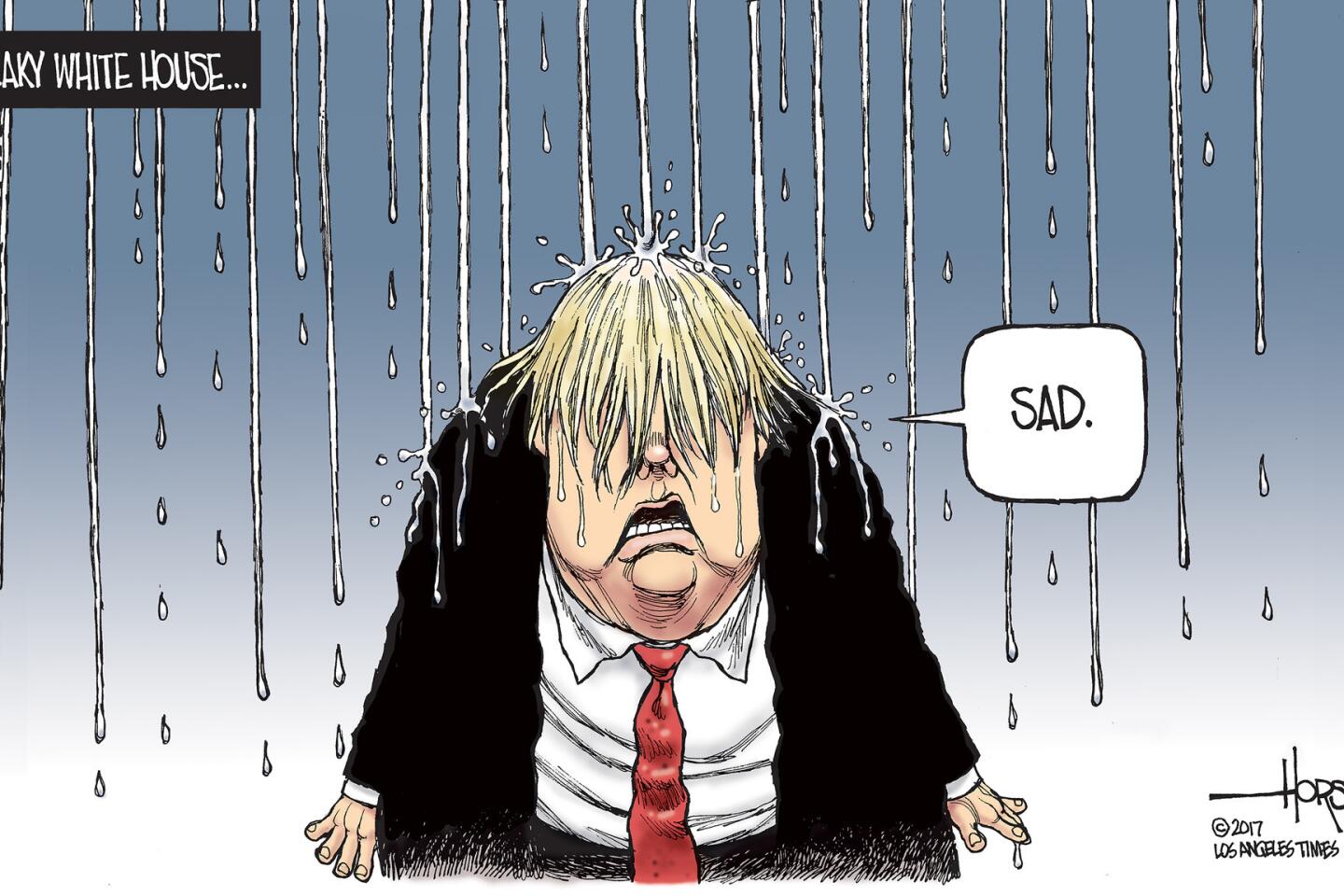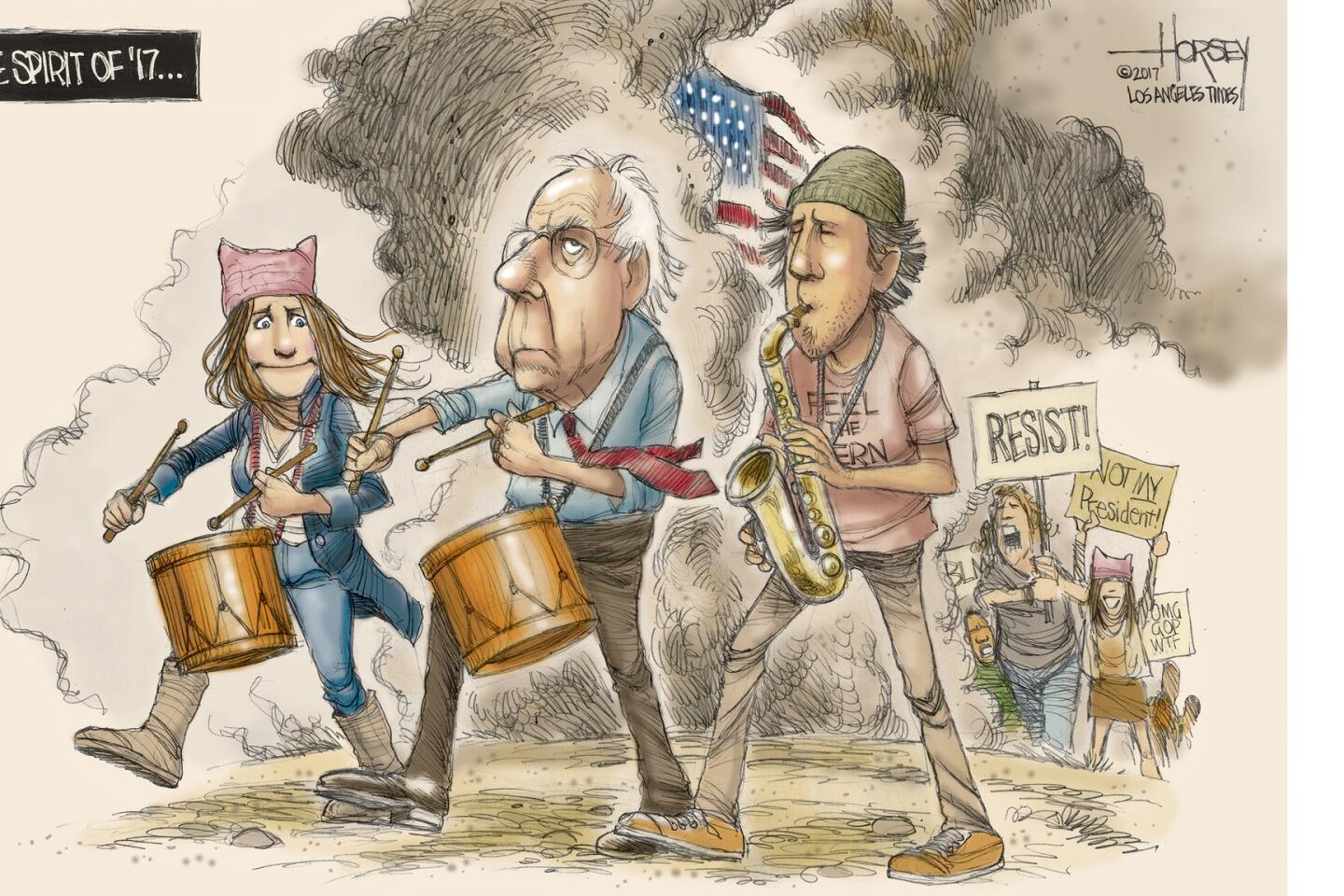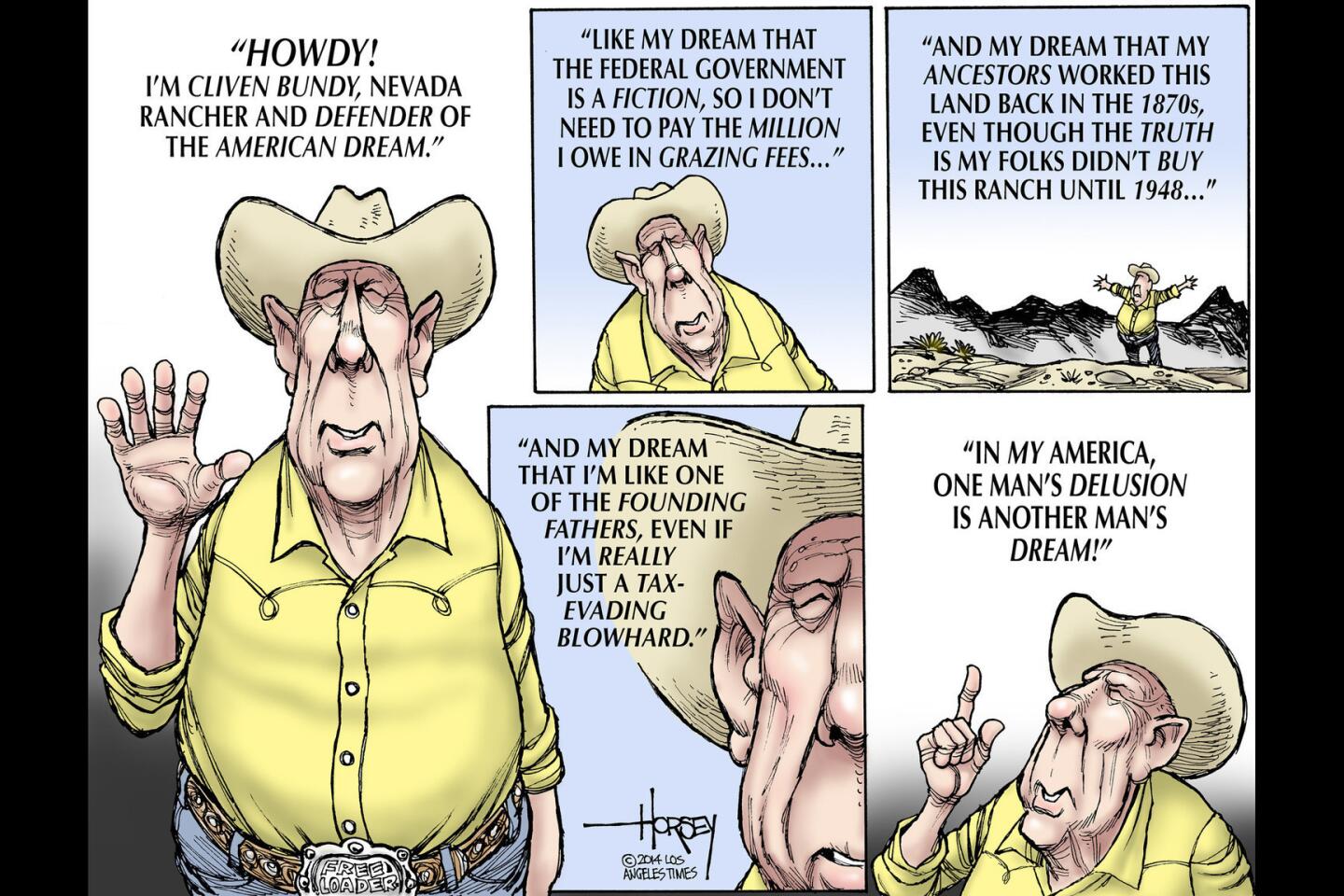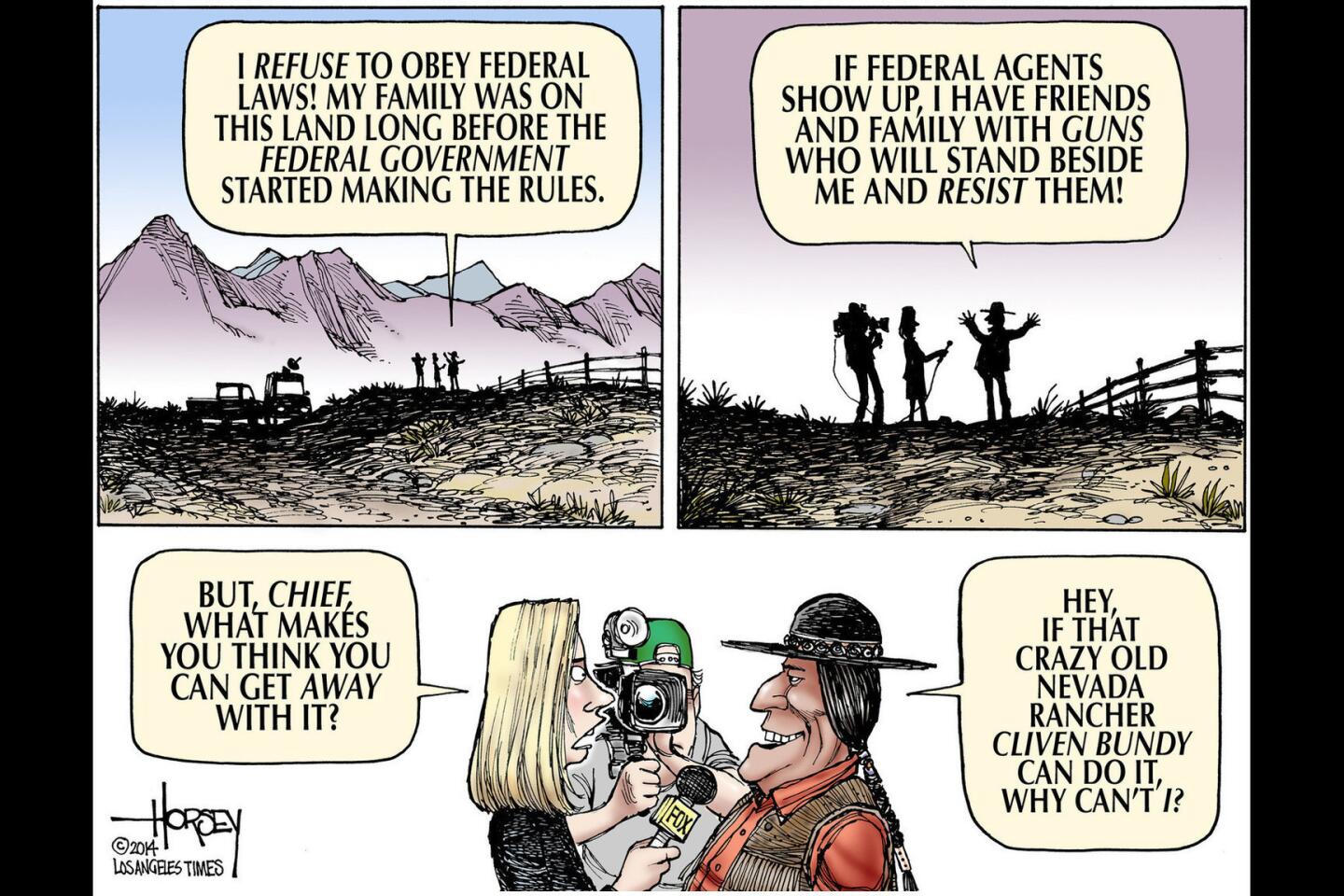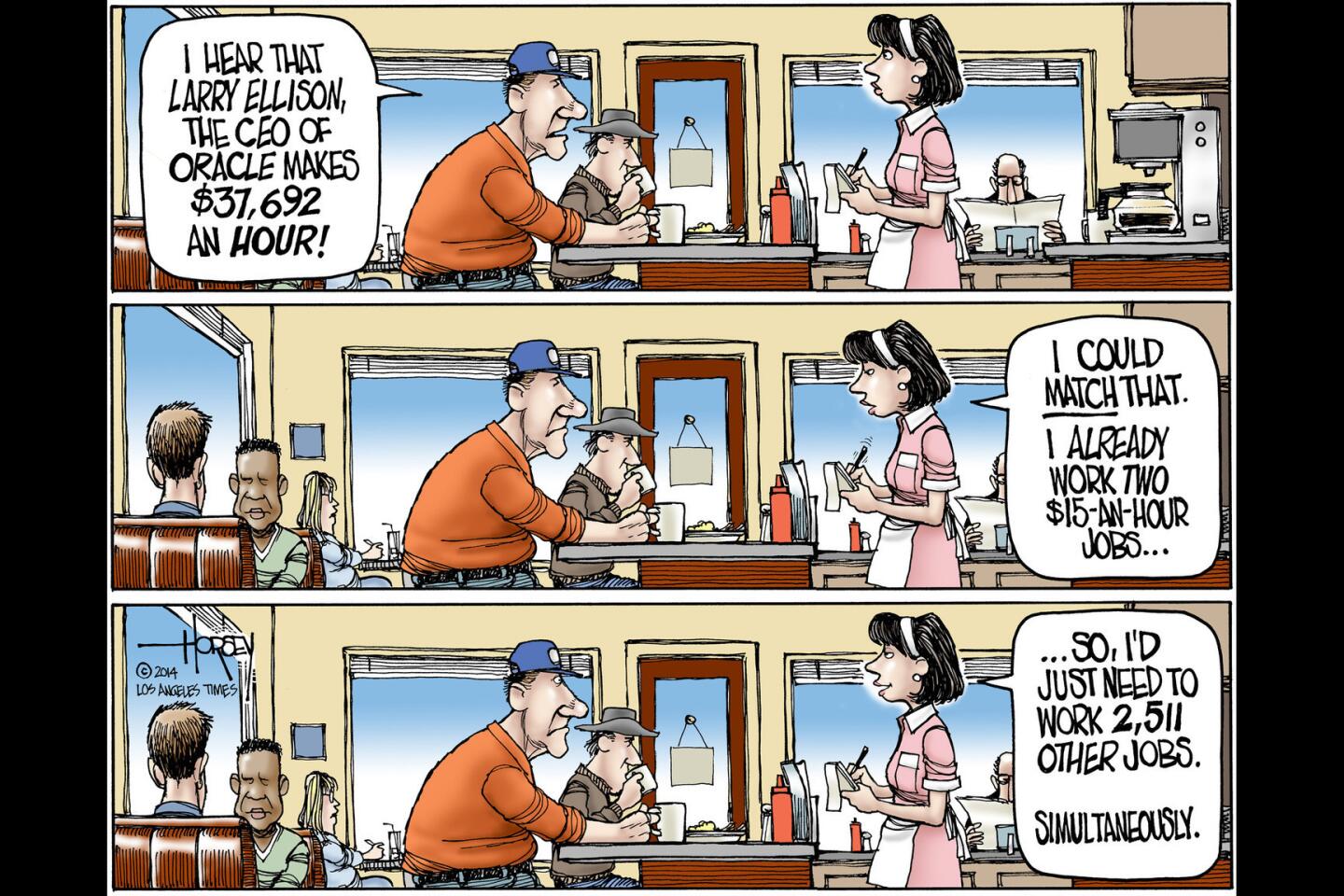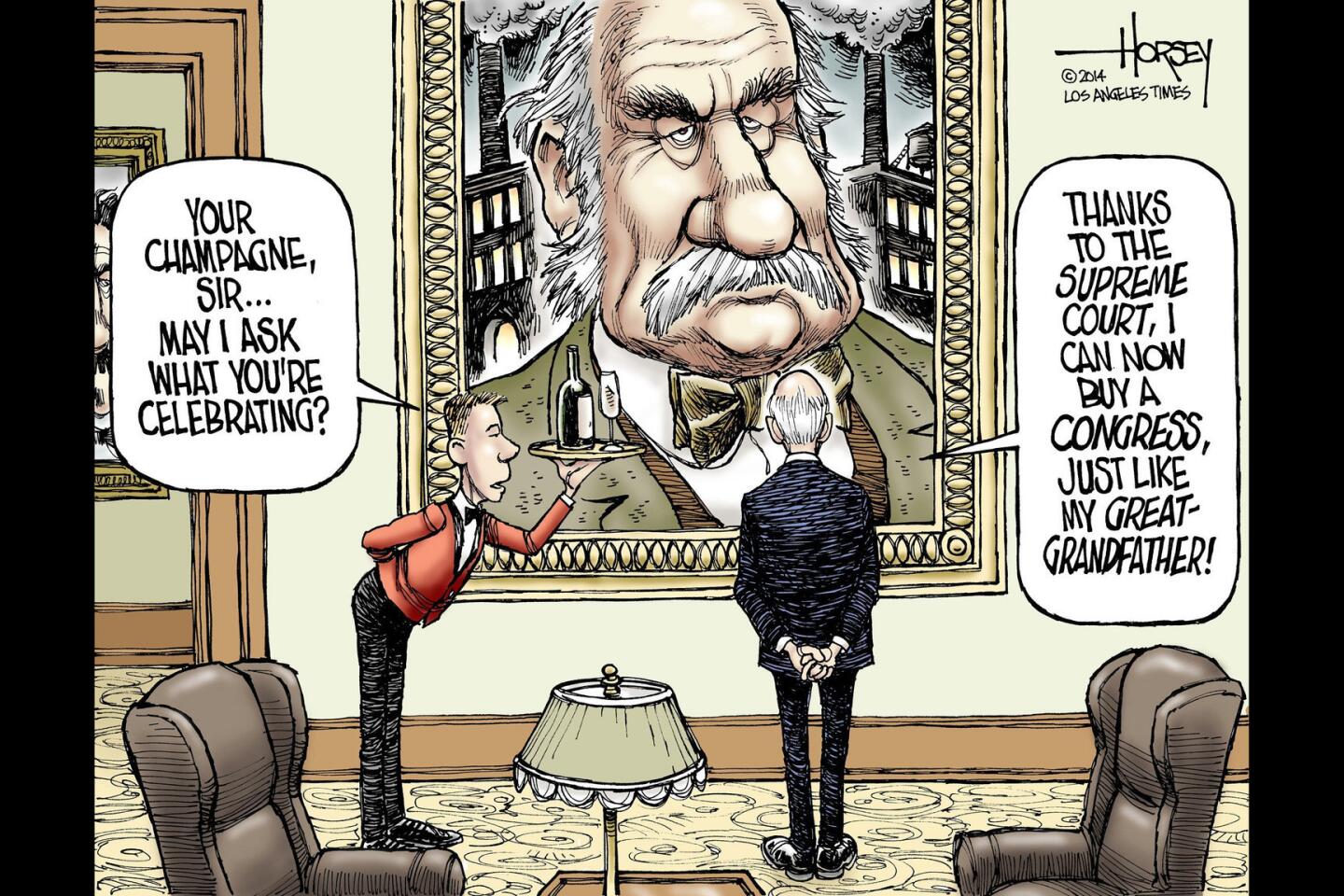Standing Rock is the first of many protests to come in the Trump era

It is impossible not to think of the 19th century Indian wars when contemplating the significance of the Standing Rock confrontation. Once again, the cavalry — the local police backed by cops from around the country — is riding in to fight on behalf of business interests who want to invade tribal lands.
In this case, the business is Energy Transfer Partners, a Texas-based company that is building the $3.8-billion Dakota Access pipeline from North Dakota’s oil fields to refineries in Illinois. The Standing Rock Sioux fear an oil leak in the pipeline could pollute the water they drink and despoil sacred ground. For seven months, they and their allies from 200 other tribes have been encamped in protest, blocking construction and garnering attention and support from human rights groups around the world.
As the weather has turned colder, the number of protesters has dwindled, even as the tactics of the police have become more brutal. With the Morton County sheriff in the lead, police have used a water cannon, dogs, rubber bullets, sonic weapons, pepper spray and tear gas against protesters who have resisted efforts to move them out. The level of force and the militarized appearance of the police seems wildly out of proportion to the threat posed by the activists, and it is easy to suspect the response would be different if the rebels were not unarmed Indians. After all, the authorities went rather gently on the gun-toting cowboys who confronted federal agents on Cliven Bundy’s Nevada ranch in 2014, and they showed great patience with the white-skinned occupiers of the Malheur National Wildlife Refuge in Oregon last winter until one of the law-breakers finally got himself killed by acting stupid.
It matters, as well, that the Standing Rock dispute is about oil, the dark and destructive fuel of the American economic system. There are profits at stake and investors to be satisfied. Until recently, one of those investors was a billionaire named Donald Trump who also received campaign donations totaling $103,000 from the CEO of the pipeline company, Kelcy Warren. It is not likely the tribe can expect sympathy from the Great White Father in Washington once he takes office on Jan. 20, if the protesters manage to hold on that long.
The Army Corps of Engineers has ordered the protesters to abandon their obstructing location by Dec. 5. The Corps has set up an area nearby if the activists want to continue complaining but, of course, like other such designated “free-speech” areas, its main purpose is to cordon off dissent and make it impotent.
Like their ancestors in past centuries, this new generation of Sioux are not likely to prevail against the powers arrayed against them, but their resilience and their example should not be discounted. In the next four years, many Americans may find they have no other choice than to put their bodies in the way of corporate interests that have the full support of government. With each new appointment, the president-elect makes it more clear his administration will not hesitate to trample on environmental regulations, break climate change treaties and act against the interests of the powerless and poor.
Standing Rock is only the beginning.
Follow me at @davidhorsey on Twitter
More to Read
A cure for the common opinion
Get thought-provoking perspectives with our weekly newsletter.
You may occasionally receive promotional content from the Los Angeles Times.





